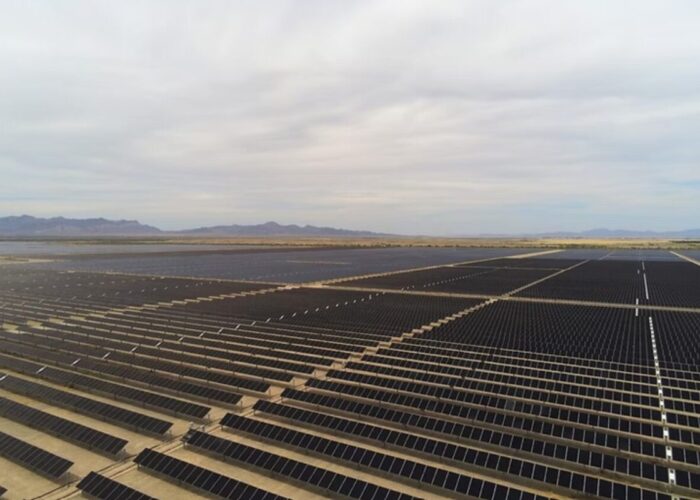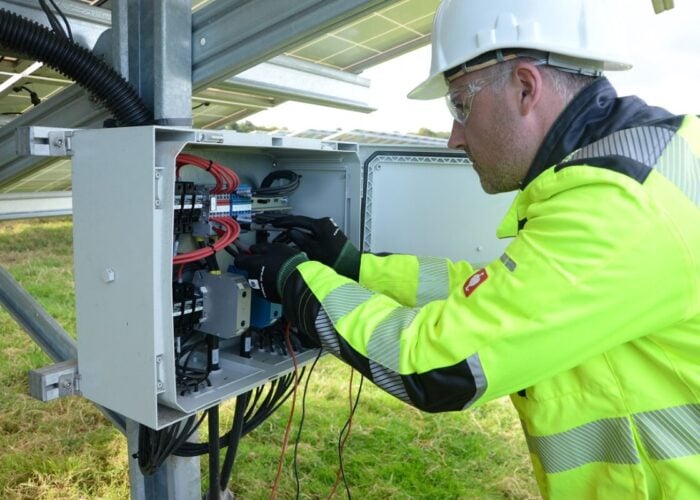As part of wider plan to leverage advanced research at IBM to
significantly reduce the cost-per-watt of solar photovoltaics from
silicon cells, thin-film and concentrator photovoltaics (CPV), IBM
scientists are developing a more powerful CPV technology that they
claim could lead to a significant breakthrough for utility-scale
applications.
A paper presented by IBM at the IEEE Photovoltaic Specialists conference last week highlighted an innovative cooling technique to keep solar cells operating at high efficiency levels. The IBM team used a very thin layer of a liquid metal made of a gallium and indium compound that they applied between the chip and a thermal interface layer.
Try Premium for just $1
- Full premium access for the first month at only $1
- Converts to an annual rate after 30 days unless cancelled
- Cancel anytime during the trial period
Premium Benefits
- Expert industry analysis and interviews
- Digital access to PV Tech Power journal
- Exclusive event discounts
Or get the full Premium subscription right away
Or continue reading this article for free
The result was a solar cell operating at a controlled 85 degrees Celsius, significantly less than a typical CPV device. The researchers noted that without the thermal interface layer the temperatures would reach 1600 degrees.
“We believe IBM can bring unique skills from our vast experience in semiconductors and nanotechnology to the important field of alternative energy research,” said Dr. Supratik Guha, the scientist leading photovoltaics activities at IBM Research. “This is one of many exploratory research projects incubating in our labs where we can drive big change for an entire industry while advancing the basic underlying science of solar cell technology.”
With the development of the liquid metal cooling technology, IBM is developing a concentrator lens that is more powerful and lower in cost than conventional CPV lens technologies to achieve lower cost-per-watt systems.
Currently, IBM claims to have produced 70 watts of usable electrical power from a typical solar cell, which they claim is about five times the electrical power density generated by typical cells using CPV technology in solar farms.
IBM lab results are claimed to have produced a 2300 sun system, where approximately 230 watts per square centimeter are concentrated onto the cell system. This cuts the number of photovoltaic cells and other components by a factor of 10, according to IBM.
Further development work is being carried out before the cooling and lens technology can be commercialized.






